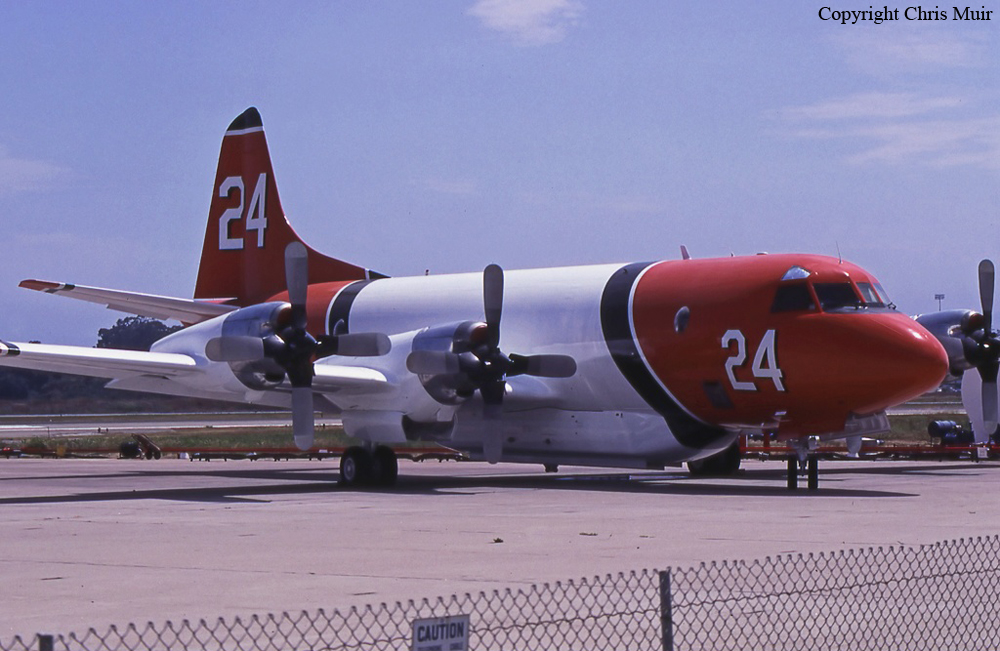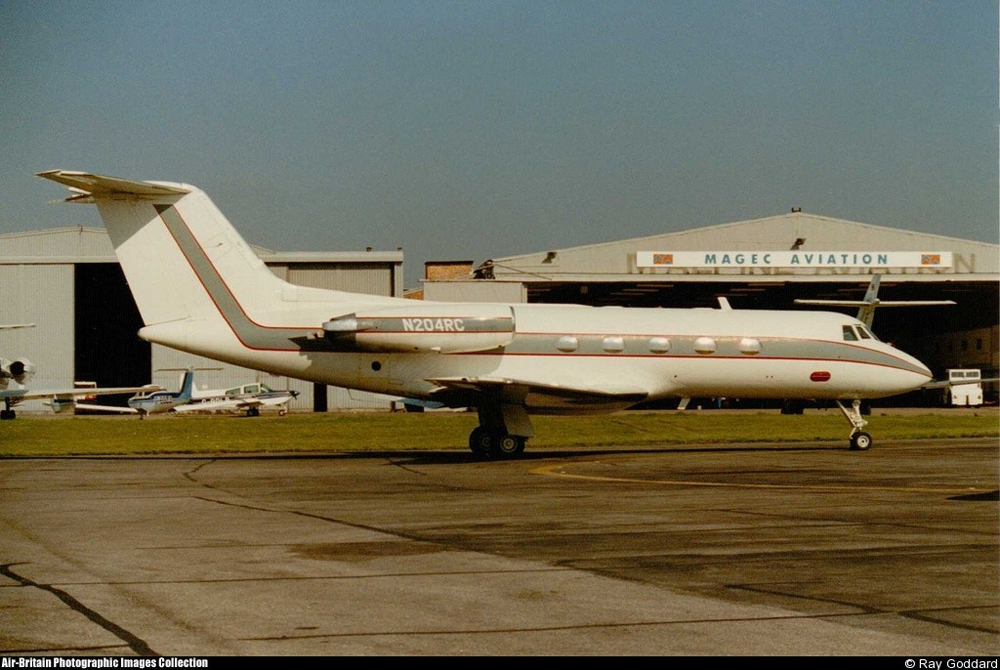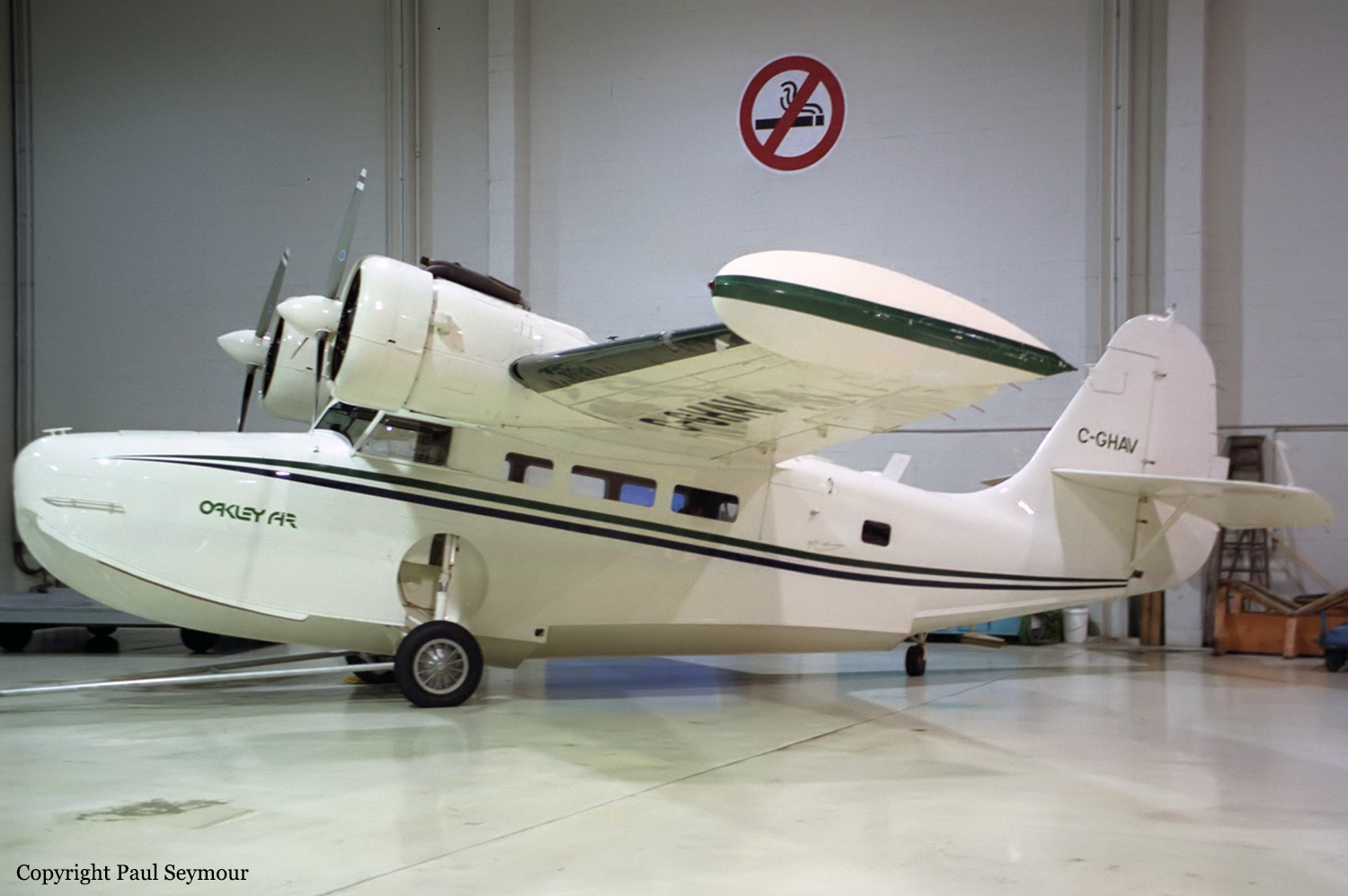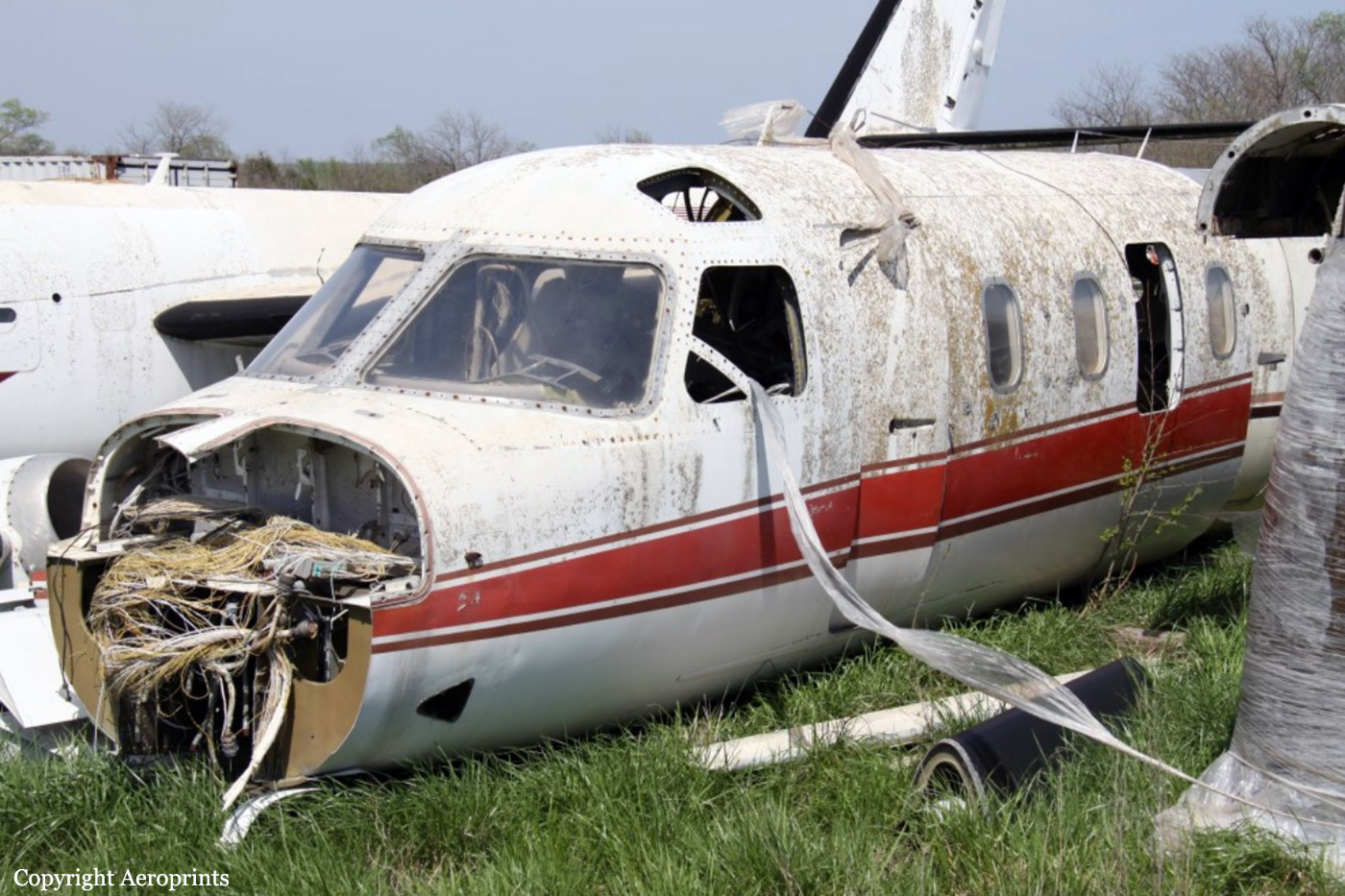Crash of a Cessna 425 Conquest in Lakeland: 1 killed
Date & Time:
Feb 11, 1992 at 0602 LT
Registration:
N66LM
Survivors:
No
Schedule:
Bartow - Lakeland
MSN:
425-0137
YOM:
1981
Crew on board:
1
Crew fatalities:
Pax on board:
0
Pax fatalities:
Other fatalities:
Total fatalities:
1
Circumstances:
The pilot departed VFR and flew to his destination and found it fogged in. He then requested and was given an IFR clearance for an ILS approach to another airport. He was observed to break out of the clouds at about 100 feet agl in a left bank and yaw. He then crashed short of the runway and to the left of the centerline. Examination of the airplane, engines and propellers revealed no preexisting failures. After the crash a fire partially consumed the wreckage. The pilot, sole on board, was killed.
Probable cause:
Loss of control in flight by the pilot for undetermined reasons.
Final Report:









